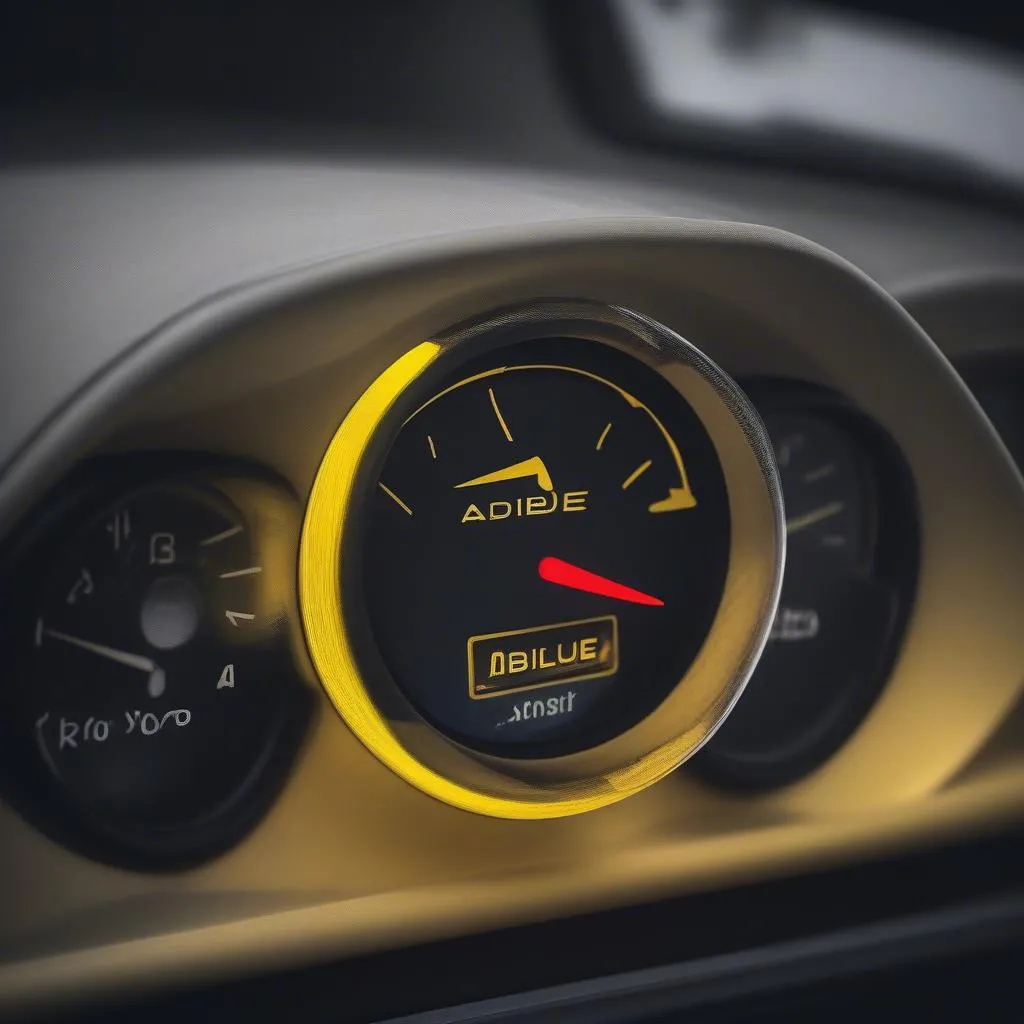The seat buckle warning light in your 2005 Honda CRV is a crucial safety feature designed to remind you and your passengers to buckle up. However, if you’re experiencing issues with the warning lights, like them staying on constantly or malfunctioning, it can be frustrating. This comprehensive guide will help you understand the common causes behind these issues and provide effective solutions to get your warning system back in top shape.
Understanding Your CRV’s Seat Buckle Warning System
Your 2005 CRV uses a sensor-based system to detect whether seat belts are fastened. Each buckle assembly typically houses a sensor that sends a signal to the vehicle’s computer when the buckle is engaged. If the computer detects an unbuckled seat while the car is in motion, it triggers the warning light and chime.
Common Causes of Seat Buckle Warning Light Problems
There are several reasons why your CRV’s seat buckle warning lights might be acting up:
- Faulty Seat Buckle Sensor: Over time, the sensors within the buckle assemblies can wear out or become damaged, leading to inaccurate readings.
- Wiring Issues: Damaged or corroded wiring between the sensors and the vehicle’s computer can interrupt the signal flow.
- Malfunctioning Control Module: In some cases, the issue might originate from the vehicle’s control module, which processes the sensor data and triggers the warning lights.
- Seat Belt Pretensioner Issues: The seat belt pretensioner system, designed to tighten the belts during a collision, can also trigger warning lights if there’s a malfunction.
Diagnosing the Problem
Before jumping into fixes, it’s crucial to diagnose the root cause of the problem:
- Check the Basics: Start by ensuring all seat belts are properly fastened. Sometimes, a simple oversight can trigger the warning lights.
- Inspect the Buckle Assemblies: Visually examine the buckle assemblies for any visible damage, dirt, or debris that might be interfering with the sensors.
- Listen for the Chime: If the warning lights are on but the chime isn’t sounding, it might point towards a problem with the chime module itself.
- Consult a Mechanic: If you suspect a more complex issue, such as wiring problems or a faulty control module, it’s best to consult a qualified mechanic specializing in Honda vehicles.
Solutions and Repairs
- Sensor Replacement: If a faulty sensor is identified, replacing it is a relatively straightforward procedure. You can purchase replacement sensors online or from a Honda dealership.
- Wiring Repair: Damaged or corroded wires will need to be repaired or replaced by a qualified mechanic to ensure a secure connection.
- Control Module Reset/Replacement: In some cases, resetting the control module might resolve the issue. However, if the module itself is faulty, it will require replacement.
- Seat Belt Pretensioner Inspection/Repair: If the problem lies with the pretensioner system, a mechanic will need to inspect and repair or replace any faulty components.
Preventing Future Issues
Regular maintenance can help prevent seat buckle warning light problems:
- Keep the Buckles Clean: Regularly clean the buckle assemblies with a vacuum cleaner and a slightly damp cloth to remove dirt and debris.
- Inspect the Wiring: Periodically inspect the wiring harnesses connected to the seat buckle sensors for any signs of damage or corrosion.
- Address Warning Lights Promptly: Don’t ignore persistent warning lights. Addressing issues early can prevent more significant problems down the line.
Conclusion
Addressing seat buckle warning light problems in your 2005 Honda CRV is crucial for ensuring the safety of you and your passengers. By understanding the common causes, following the diagnostic steps, and implementing the appropriate solutions, you can ensure your warning system is functioning correctly and keep your CRV safe on the road. Remember, regular maintenance and prompt attention to warning signs are key to preventing future issues and enjoying peace of mind on your drives.


